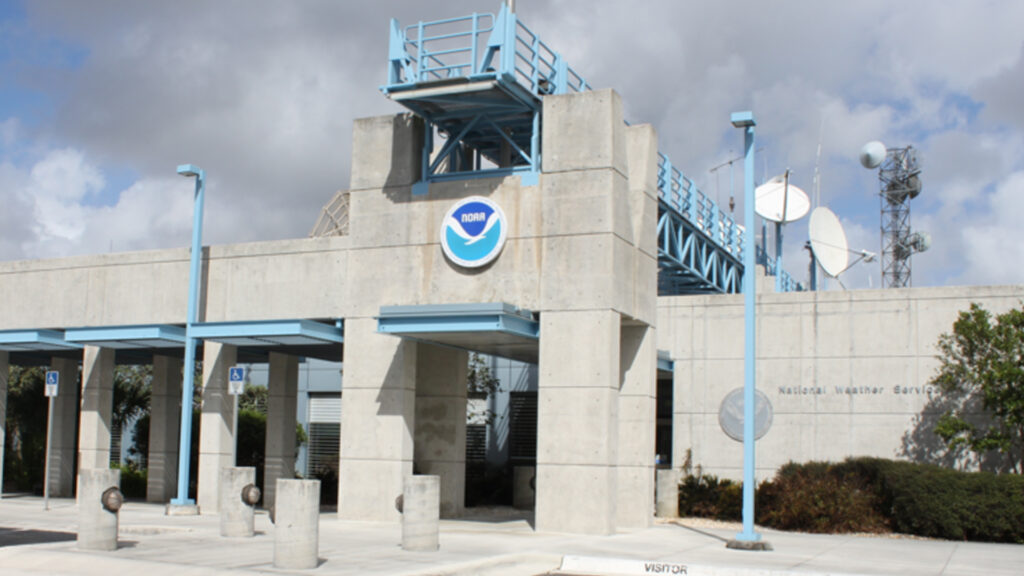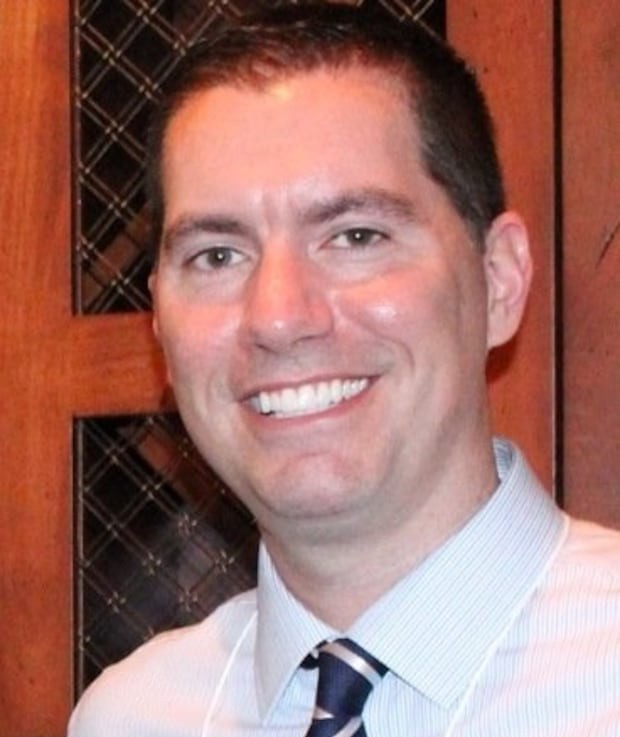By Brian LaMarre, former National Weather Service meteorologist
Making predictions and helping people plan for disaster has been my business and passion for over 30 years.
One thing that keeps me up at night is the thought of a high-impact weather event, such as a hurricane, aiming down on a highly vulnerable area where people did not evacuate or were not prepared for its impacts. Given the recent and proposed impacts to the federal government, I worry about the National Weather Service (NWS), the agency that provides you with your daily weather forecasts and life-saving warnings.
At the outset of the Atlantic hurricane season, NWS is critically understaffed in many locations across the country. The DOGE-related involuntary terminations of many federal probationary employees cut off an influx of new talent and young innovation into the agency – the foundation for its future. In a one-two punch, these departures combined with hundreds of other NWS employees voluntarily accepting early retirement offers.

These vacancies were not in the forecast. And the mass exodus has formed a chaotic storm that now forces the NWS to meet its public safety mission in a more stressful, turbulent environment.
During my tenure, NWS peaked at around 5,500 employees. That number has steadily declined over the years because of inflation, dwindling budgets and challenges in federal hiring strategies, recruitment and retention. For the first time in its modern history, the NWS is down to around 3,700 employees.
To be fair, the National Oceanic and Atmospheric Administration (NOAA), its parent agency, has never been well funded, and has long done more with less. But today, out of 122 field offices, more than 30 NWS offices nationwide are understaffed. Eight are below critical staffing levels, which force them to operate, for the first time, without 24/7 coverage on most days.
Experts who understand severe weather also worry about cuts to NOAA’s Office of Oceanic and Atmospheric Research. From satellites to hurricane hunters to computer modeling and doppler weather radar, NOAA Research data is the foundation the National Weather Service depends on – the transition of science and technology to life-saving operations.
We may not see the fallout of these changes right away.
“Mission focused, people first.” That’s the motto. When there’s a killer tornado or other severe weather outbreak, National Weather Service employees provide life-saving information, helping you prepare and protect yourself and your family. And those who remain will make the best of short-term bandaids, such as “mutual aid plans,” in which offices are clustered together in a geographic area and asked to back each other up during anticipated active times.
But if current resource levels persist, at some point systems and services are bound to break down. It is just not sustainable. Imagine working for the National Weather Service in a major city vulnerable to hurricanes, like Houston, which currently has no permanent Meteorologist in Charge, no Warning Coordination Meteorologist, no Science Operations Officer and no Electronics Systems Analyst.
And some impacts you just can’t anticipate. As we observed last year with Hurricane Helene – some catastrophic hurricanes can impact people and infrastructure and economies far inland and away from the coastline. Another far-inland penetrating hurricane this year could push this and other impacted NWS offices to a tipping point.

Longer term, we could see cascading effects from these cuts and vacancies. When forced to prioritize and focus on operations and mission, NWS managers need to make tough decisions to pull back on community education, outreach or other functions. It means fewer hurricane expos and less, if any, collaboration with emergency managers, elected officials and the media to publicize weather threats.
We cannot afford to let the National Weather Service languish. This agency gives us some of the best bang for the federal buck you could ask for, costing around $4 a year per taxpayer for a 24/7 operation.
I fear, like an unmoored buoy meandering and malfunctioning in the Gulf during the hurricane season, public attention will drift away. If we lose our focus on credible science, public safety and – something that has always been bipartisan – weather forecasts and warnings, it will jeopardize the future of the National Weather Service.
We need everyone to contact their elected officials and insist on a robust and fully funded NOAA. We need to prioritize hiring and workforce management and strip away barriers to recruitment. And we need an innovative, state-of-the-science transformation of the National Weather Service to meet the ever-increasing demands on this vital agency.
Brian LaMarre joined the National Weather Service in 1992 and accepted an early retirement this spring after nearly two decades as meteorologist in charge in Tampa. This opinion piece was originally published by the Tampa Bay Times, which is a media partner of The Invading Sea. Banner photo: The National Hurricane Center in Miami (The White House, Public domain, via Wikimedia Commons).
Sign up for The Invading Sea newsletter by visiting here. To support The Invading Sea, click here to make a donation. If you are interested in submitting an opinion piece to The Invading Sea, email Editor Nathan Crabbe at nc*****@*au.edu.



